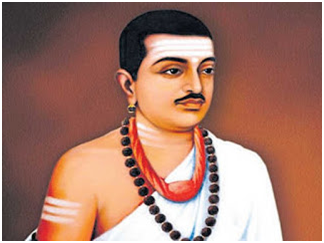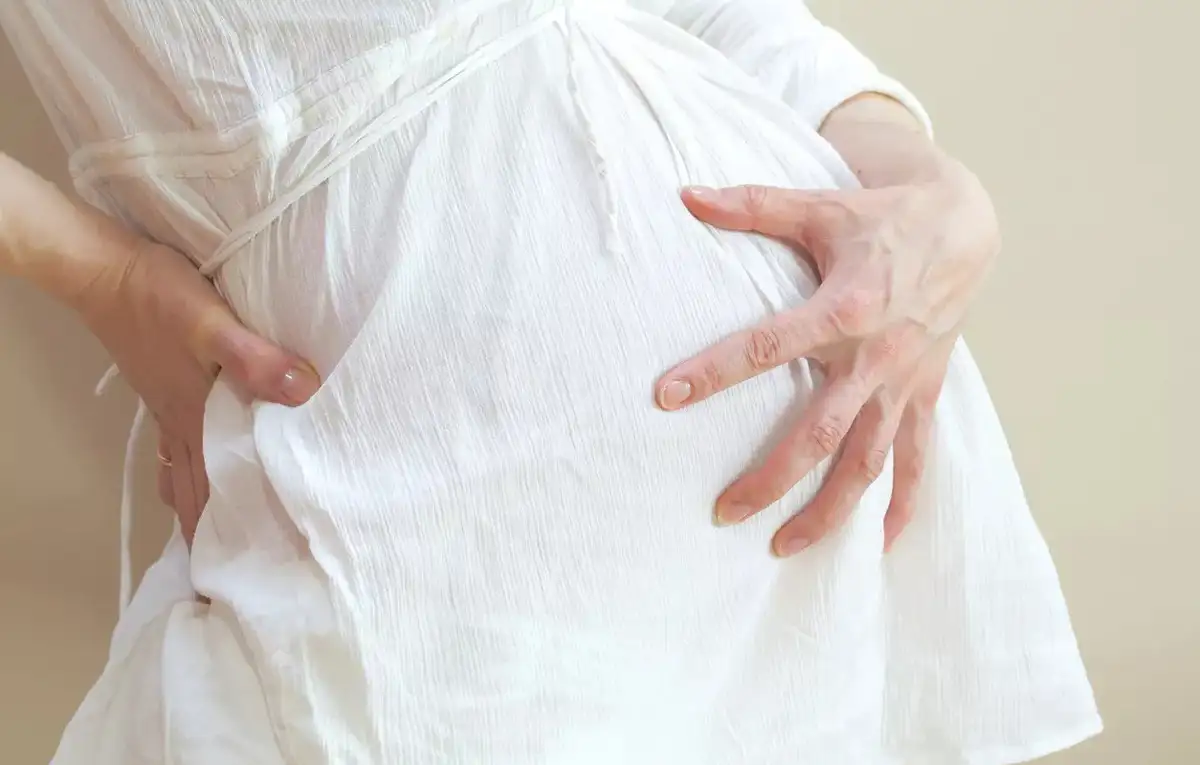- Courses
- GS Full Course 1 Year
- GS Full Course 2 Year
- GS Full Course 3 Year
- GS Full Course Till Selection
- MEP (Mains Enrichment Programme) Data, Facts
- Essay Target – 150+ Marks
- Online Program
- GS Recorded Course
- NCERT- First Ladder
- Polity
- Geography
- Economy
- Ancient, Medieval and Art & Culture AMAC
- Modern India, Post Independence & World History
- Environment
- Governance
- Science & Technology
- International Relations and Internal Security
- Disaster Management
- Ethics
- Current Affairs
- Indian Society and Social Issue
- CSAT
- 5 LAYERED ARJUNA Mentorship
- Public Administration Optional
- ABOUT US
- OUR TOPPERS
- TEST SERIES
- FREE STUDY MATERIAL
- VIDEOS
- CONTACT US
Vokkaligas and Lingayats Share in Reservation
Vokkaligas and Lingayats Share in Reservation

Vokkaligas and Lingayats Share in Reservation
Why in News?
Recently, Karnataka Cabinet has categorized the 2 dominant communities, Vokkaligas and Lingayats, as “moderately backward” from the “backward” category in a move that could increase their share in reservation in the Other Backward Classes (OBCs).
About the Decision
- At present, Karnataka has 32% quota for OBCs, and 17% and 7% quota for Scheduled Castes and Scheduled Tribes, respectively, taking the total to 56%.
- The Cabinet’s decision is based on the recommendations of the Karnataka State Commission for Backward Classes.
- The Vokkaliga community, which is currently in the 3A category, will be moved to a newly-created 2C category with 4% reservation and the Lingayat community, which is in the 3B category, will now be in a new 2D category with 5% reservation.
- The Lingayats are a dominant community which make up nearly 17% of Karnataka’s 6 crore population- followed by Vokkaligas. The new categories will not affect the existing reservation provided to other communities.
So, Who are Lingayats?
- The term Lingayat denotes a person who wears a personal linga, an iconic form of god Shiva, on the body which is received during the initiation ceremony.
- Lingayats are the followers of the 12th-century social reformer ‘Basaveshwara’.
- Basaveshwara was against the caste system and Vedic rituals.
- The Lingayats are strict monotheists. They worship only one God, namely, Linga (Shiva).
- In 2015, the Prime Minister of India inaugurated the statue of Basaveshwara along the bank of the river Thames in London.
- He is also known as Bhakti Bhandari (literally, the treasurer of devotion), or Basaveswara (Lord Basava).
- Basavanna spread social awareness through his poetry known as Vachanaas.
- Basava fought against the inhuman practice of the caste system, which discriminated against people based on their birth.
- The Anubhava Mantapa established by Basava laid down the foundation of social democracy.
- Basava believed that man becomes great not by his birth but by his conduct in the society.
- He taught the dignity of manual labour by insisting on work as worship.
- Till now, Lingayats have been classified as a Hindu subcaste called “Veerashaiva Lingayats” and they are considered as Shaivites.
- But now, Lingayats have distanced themselves from Hindu Veerashaivas because the latter followed the Vedas and supported the caste system, to which Basaveshwara was against.
- Veerashaivas are the followers of the ‘5 Peethas’ (religious centers), called ‘Pancha Peethas’. These 5 peethas were set up on similar lines to the 4 peethas set up by Adi Shankara.
Who are Vokkaligas?
- The Vokkaliga caste originates in the Indian state of Karnataka. In the former princely state of Mysore, the Vokkaligas were the largest community.
- Vokkaliga is a category defined in terms of occupation and these are largely farmers by origin.
- As a community of warriors and cultivators, they have historically wielded tremendous demographic, political, and economic dominance in Old Mysore.
Historical development of the Other Backward classes (OBCs) reservation:
- First Backward Classes Commission was formed in 1955 and it recommended the inclusion of 2,400 castes as OBCs. But, the then central government did not implement these recommendations.
- Second Backward Classes Commission and also popularly known as ‘Mandal Commission’ was formed in 1980 by the central government.
- But its recommendations were implemented much later in 1990 when the central government introduced a reservation of 27% for OBCs in the government jobs.
- The constitutional validity of the reservation was accepted by the Supreme Court (SC) in the Indira Sawhney case.
- After this judgment, the central government formed the National Commission for Backward Classes in 1993.
- The 102nd Constitution Amendment Act, 2018 provided constitutional status to the National Commission for Backward Classes (NCBC), which was previously a statutory body under the Ministry of Social Justice and Empowerment.
About OBC Reservation
- Currently, for each state there are 2 OBC lists that is 1 for the state and other for the centre.
- So, a caste included in the OBC list of a state enjoys the reservation benefits in state government jobs and educational institutions only and not in the central government jobs or educational institutions.
- However, for SC/ST reservations, there is only 1 list and it is same for both centre and state.
Constitutional Provisions related to Reservation:
Articles 15(4) and 16(4) allow the government to make special provisions for socially and educationally backward classes of citizens (popularly known as OBCs), the Scheduled Castes (SCs) and Scheduled Tribes (STs).
Must Check: Top IAS Coaching Centre in Delhi



